Annapurna Circuit Trek is among the beautiful destination to trek in Nepal, biggest conserved area of Nepal is preserved by the ACA and offers a diverse range of vegetation and wildlife. Traveling to the Annapurna covers lush greenery, numerous rivers and waterfalls, cliffs and gorges, and beautiful snow-white mountains, and the beauty of Thorong La pass cannot be described. The cultural diversity of the Annapurna region is impeccable. In this route, you won't miss anything the Annapurna region will offer and this is a must to do trek in Nepal.
Behind the beauty of the diverse Annapurna trail, there are a lot of risks that are not provided to the travelers and when you experience this on the trail might challenge you mentally during the journey. This might sound scary but the truth cannot be hidden.
The difficulty grading provided to Annapurna Circuit is defined as Moderate to Strenuous (also known as Moderately Strenuous) numerically graded as 100-150 as you will cross the challenges of high altitude and Thorong La pass, also known for the biggest pass in the world, we can also add majesty of Tilicho Lake, supposed the highest altitude lake through addition difficult terrain.
Annapurna Circuit Trek starts from the drive through Besisahar on a narrow off-road, these roads are often at risk of Landslides and if you are traveling in monsoon slip of tires is frequent. Even experienced drivers who have driven offroad for their whole life have to struggle while passing the roads if the weather is inappropriate. We will discuss more below.
Roads are just the difficulty you will experience in the starting if you won't consider them before trekking. There are several factors that make the Annapurna Circuit a difficult experience. Let’s find out individually.
Lack of Information
First thing first, Information. What do you do before you plan for your journey? I am pretty sure you plan your itinerary and budget, also simply do some research about your destination. However, finding the information is pretty difficult. You search on Google and find out some general knowledge, and nowadays we chat gpt and find some unusual information that has no facts. Just reading about the happy parts and beauty of Annapurna won’t provide you with all the help, try to learn more about the challenges of treks
If you want to find the right information, we suggest you simply Ask. There is nothing wrong with inquiring the several travel agencies and finding out the information. Do your ultimate research, check the Maps, Altitude Level, the distance you will cover, the areas that most trekkers find difficult, and the season you are approaching. Collect information and learn as much as you can.
Ask us a question, we will provide you with any information.
Unpredictable road conditions
Even the starting of Annapurna Trail is not easy as we expect. On the route to the start of the trailhead, unforeseen road conditions may be encountered. Especially during the monsoon season, your overall travel itinerary may be affected by the delays or cancellations that come from this. The highways that go to the Annapurna area are overcrowded, twisted, and frequently traverse hilly terrain. Also, if you return from Jomsom to Pokhara in a drive, you will have to drive through a similarly dangerous road.
Landslides and other natural disasters may also harm the roadways, making them impassable. Heavy rains during the monsoon season (June to September) can result in landslides and flooding, which can close roads and make travel challenging or impossible.
It is a must to plan your trip accordingly and add some extra days to your itinerary if you are planning in risky seasons. This will cover up unforeseen delays or cancellations. Also, make sure to keep up with the recent road conditions.
Quickly rising altitude
Altitude is one of the most crucial aspects of approaching Himalayan terrain. Starting from the Kathmandu at 1,300 m we reach the max height of 5,416 m at Thorong La pass. The altitude rises so quickly on the trail, that you will not notice that Acute Mountain Sickness (AMS) has seized you. Most of the time solo trekkers do not take it into consideration and get into trouble.
You need to consider this difficulty, and must not rush for the upcoming destination. Take it slow in your pace, move gradually, and take acclimatization as frequently as you can. If you are a newbie trekker, adjust your itinerary. Even if your Guides try to rush you, omit it. they might try to unsuspectingly plan for a fake rescue operation and your dream might scatter.
Let’s see how altitude rises each day as per location in a standard itinerary.
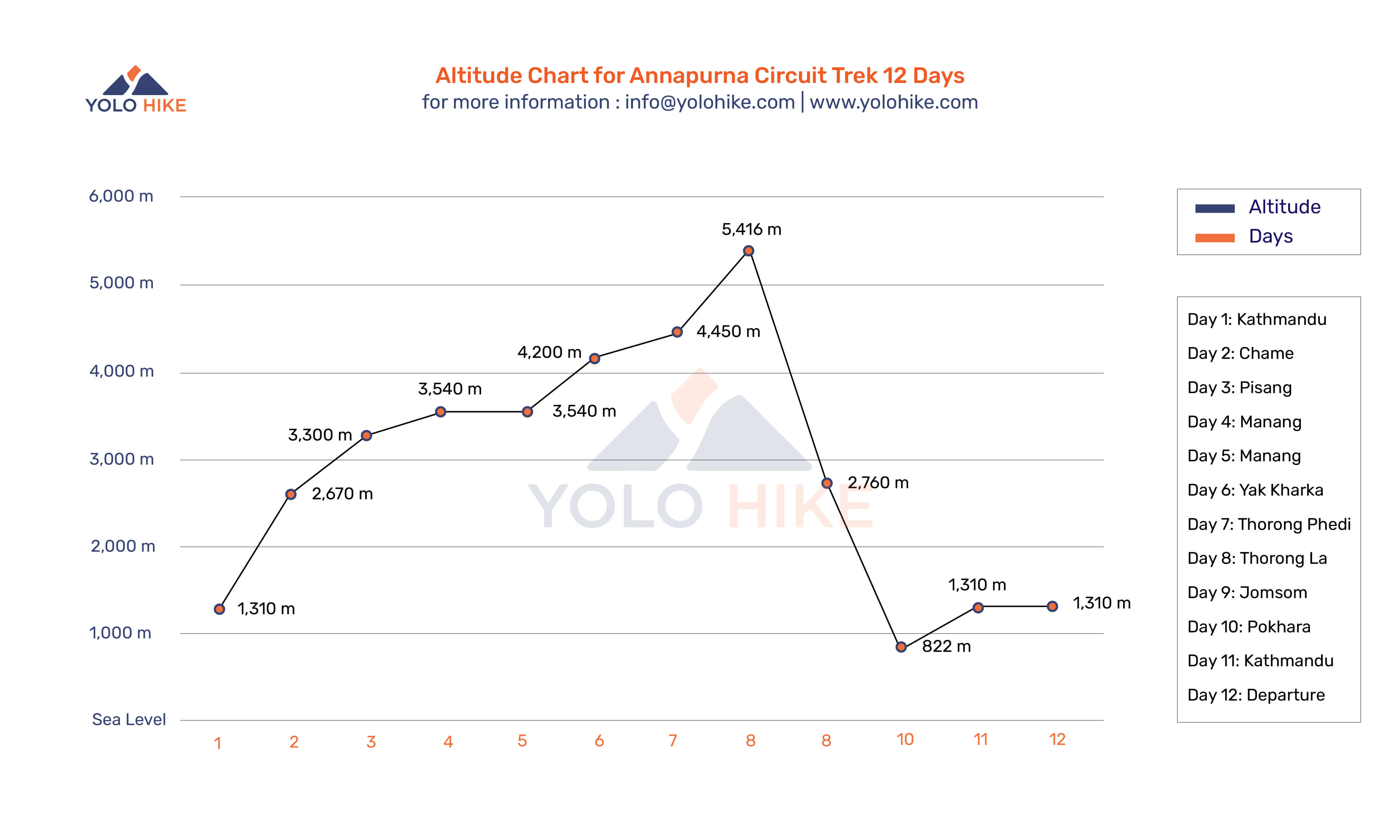
Duration and Distance of the Trek
Annapurna Circuit used to be of the longest treks and newly constructed roads have skipped some of the walking routes, still its distance is farther. This journey takes a round over the Annapurna Himalayan range covering a distance of approx. 160 – 230 km depending upon taking a flight back to Pokhara or choosing to drive back. This journey lasts for 12 to 18 days from Kathmandu to Kathmandu.
The journey also lengthens some more days when Annapurna Circuit adds up with Tilicho Lake. When adding Tilicho you have to explore through the rocky trail which will add some more challenges.
Trekking through these routes will ask your body a proper health conditions and consistency of walking every day for 5 to 7 hours a day; it also depends upon your expertise in trekking. Trekkers will cover a distance of 10 km to 14 km each day and some days for 6 km in the tough landscape, so each day will be a challenging experience for travelers.
Unusual Packing density
While packing the trekking bag and Duffle bag, most of the trekkers make a simple mistake, that can be omitted easily to reduce the difficulty you will face in the trail. Your packing list needs to be precise and in structure. You need to pack most things and avoid the unnecessary things that you wish to take in your luxury and extra comfort, you need to adjust for some things if you trek.
You can check the packing list and therefore, plan to buy what you need and what you don’t. Plan accordingly to avoid the hassle of carrying it and even if you take a porter with you, they will carry 10 to 15 Kg of your goods, if you are that luxurious you can go with two porters and pay more and increase your budget by more than 200 USD.
Lack of Equipment Ideas
As your packing needs to be precise, you might also know about the equipment to take for the journey. Most of the time our clients experience a terrible problem due to lack of it. Cheap products most of the time break and tear apart while passing by the rocky terrain and rivers and there will not be any shops available to buy one.
You need to invest in your equipment as they will support you in the Himalayas, the quality investment will last longer, even for your next adventure and there will not be a place for regret. So, quality is a must.
The basic and essential equipment is your high-quality boots (Trekking Shoes), Trekking poles are a must, depending upon the season, if the snow is thick then you need crampons to make your walk easier. As you will have to pass by the Thorong La in the dawn you need to carry your headlight (Torch). You will also have to carry sunglass and snow glass to preserve from direct sunlight and snow. For all the information check the packing lists.
Be Aware of Landslides
Annapurna region has many locations in Landslide areas with frequent risks. Trail in Annapurna has a massive and strong mineral in the south-face cliffs solidified by parallel limbs fold that crop out to the south which creates a steep slope. This might be familiar to the mountaineers but overall, the slopes in the trail make rocks and chunks of landfalls.
Even the trekkers in Annapurna have been the victim of landslides and many of them were killed and many went missing. Therefore, precautions should be taken at every step. Always check the time and the conditions with the locals and as you will not be familiar with the language, and experience, a trustworthy agency or guide will help you out.
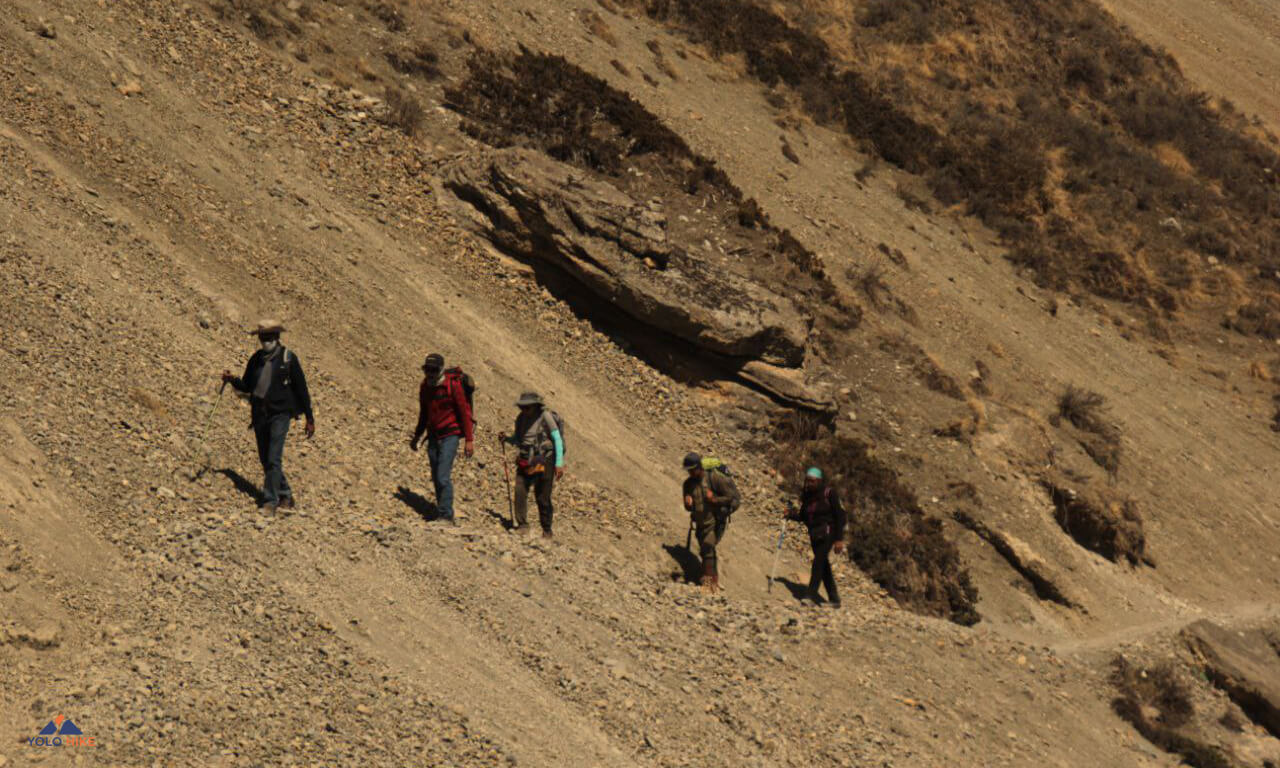
Crossing Thorong La pass
One of the highlights of the Annapurna Circuit is crossing the Thorong La Pass, the adventurous high-altitude pass which is known as the biggest pass in the world. You will cross this pass from the Manang district to the Mustang district. During the day of your itinerary, you will start your trek in the morning dawn from Thorong Phedi or Thorong High Camp to march towards the pass. You will climb almost 500 m to 700 m depending upon your last day overnight. There will not be any sign of human settlements and tea houses. You will only have your will and a headlamp to support you. If you are trekking solo this will be a lot of problems.
The altitude will test you while approaching. Even though you won’t have a sign of altitude sickness you might feel hard to breathe and the cold will hit you hard. Recently 43 people (including Guides, Sherpas ethnics, and porters) perished while crossing this pass. This part of Thorong La and after crossing it has experienced some death cases and a lot of emergencies. So, you need to follow the trail at a slow pace. Take rest before and start early as possible, try to cross it in time (during sunrise hardly till 6-7 am) as strong wind will hit you very hard.
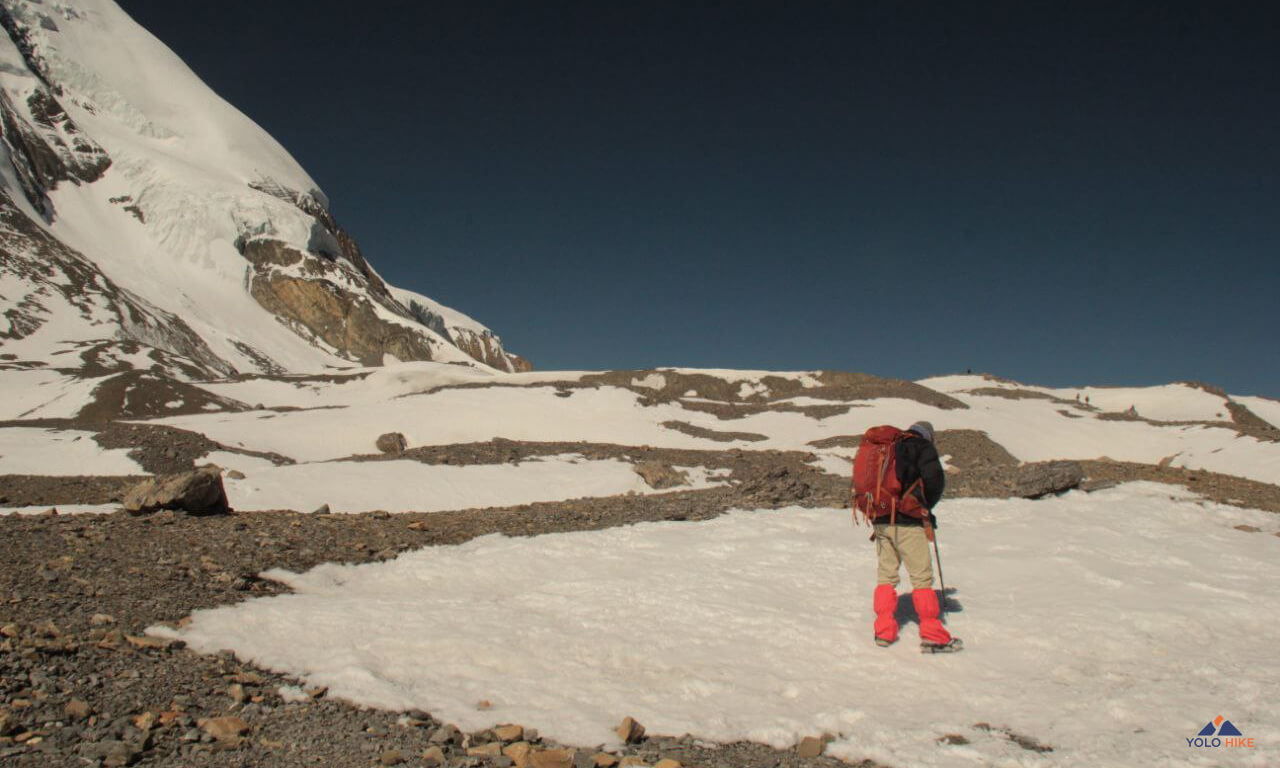
Preparation is equal to success
Every trekker needs a certain level of preparation, if you have an idea and have been trekking for a while now, then you know the benefits. Those who have not trekked frequently have to prepare for Annapurna Circuit very well. Most of the time leg exercise will help you a lot and walking around and hiking in the nearby hills prior some time will almost get you there.
Besides being physically fit, you need to mentally prepare for your trek, by far this article we have given you a lot of dangers and you might think the trek is not easy. You should mentally focus on overcoming it rather than aborting as every trek is beautiful and these miracles of nature cannot be seen without the dangers, patients, and hard work. You also need to prepare for breathing and altitude, so try to get to the height as much as you can and breathing exercises will boost the method.
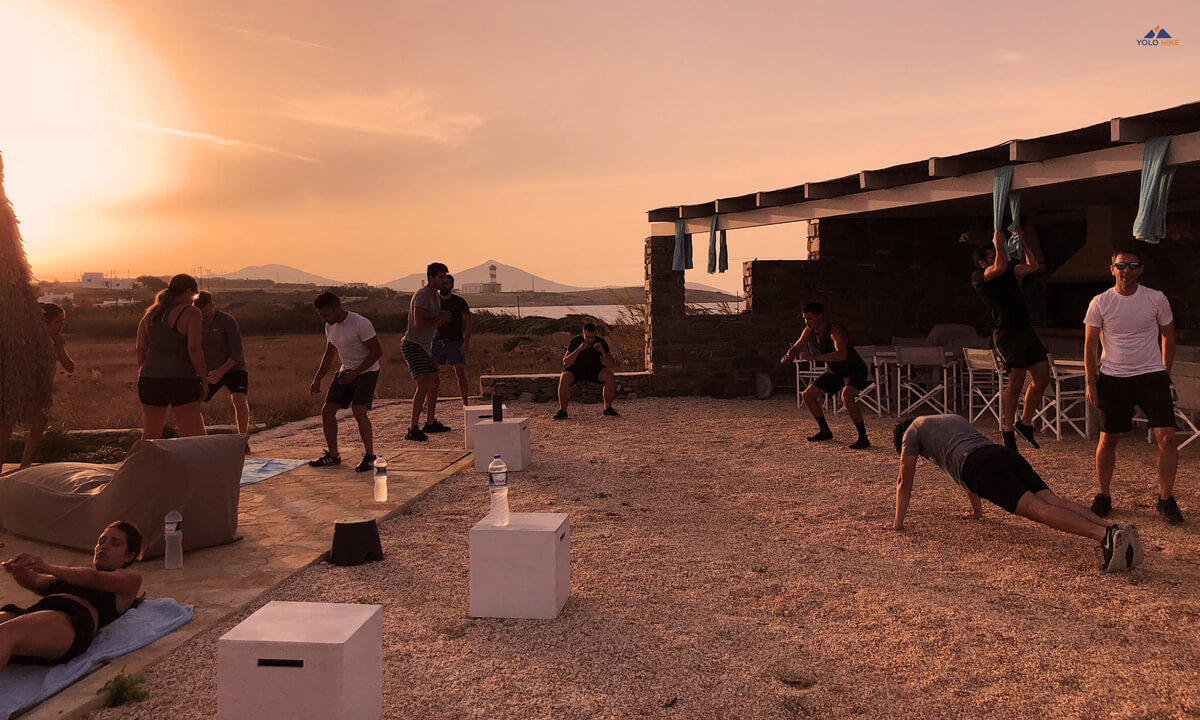
Know about the season and weather condition
As there are several seasons and trekking cannot be performed easily in every season there are some prior times, during the time we will see a mass of trekkers on the route and the trek will be pretty comfortable as people will help you with difficulties and support you if you are not sure about the trail. So, it is suggested to trek in the prior season.
But that is not always the case even in the good season sometimes the weather condition will not be supportive. You might experience various weather in a single day. The morning will be chilly, the days will be warm and snowfall can't be predicted.
That is the reason while you plan your trek you need to consider the season that is the best of all time and stay away from the risks. If you avoid the monsoon season you will also prevent the difficulty of landslides and slippery roads, if you avoid the prime summer, you can prevent walking in the sun, if you avoid winter, you can escape a lot of cold, so, the autumn will be best for the newbie trekkers.
Not Attending to one’s appetite
Many trekkers feel the like not eating while trekking in the mountains, that also applies in Annapurna. While you trek at a high altitude you will not feel the taste decent and you skip the foods and minerals. Skipping the meals will bring a lot of trouble, your appetite will not be fulfilled and you will gradually feel sick. Even the AMS will try to detention you and walking the long distance will suction all your energy. So, force on your meals as much as you can and you will get over it, you will automatically adjust to the taste, and always eat as per the guide's suggestions.
Water is equally important for your body to fulfill your appetite; you need to frequently drink water and juice and keep your body hydrated. The other problem is water. Although there will be numerous water sources in Annapurna trails, the water will not be hygienic for travelers, so get yourself a water purification bottle and purifying tablets.
We suggest taking a Guide
We are not forcing you to take a guide but suggesting you do so. As the Annapurna trail is difficult and has a lot of dangers that cannot be overcome just by reading these sorts of articles, you need someone to guide you throughout the journey. If you are an experienced trekker then you might find it okay to trek without a guide and don’t want others to take part in your adventure. As the Nepal Tourism Board implements taking a guide as a must, many adventures have been upset by the decision but the death cases and risk of Annapurna region shows it all.
Try to stay away from unpredictable dangers, and you need someone who has experience. Everyone knows their home pretty well and local guides will help you with predictions, language barriers, and easy organization, and explain the cultural and religious sentiments and beliefs of the native.
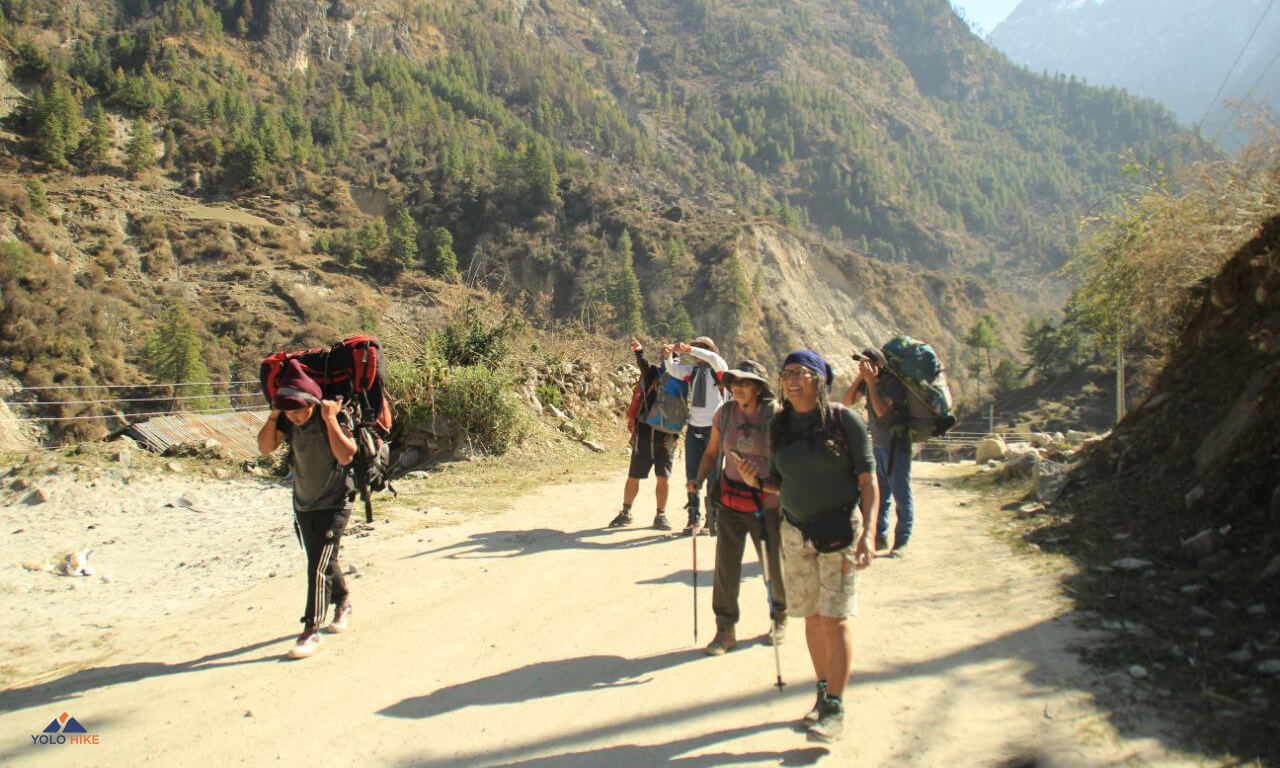
Conclusion
Annapurna Circuit Trek is one of the most challenging treks in Nepal. Therefore, the right preparation and guidance will make your trek easier and more comfortable. You have to walk for miles for longer days than other popular treks in Nepal. All of the difficulties need to be considered when taking this adventure. Although some of the risks and injury cases are seen in dangerous zones, that does not appear to harm every traveler. Hundreds and thousands of travelers have completed the Annapurna circuit smoothly.
Not just Annapurna but almost the Himalayan region i.e., the popular Everest Base Camp Trek and short distance Poon Hill Trek has risks and difficulties, all you need to do is choose the right time, prepare accordingly, take all your necessary equipment, and walk in the Annapurna Trail.
We hope you find this article helpful. If you have any confusion or anything to ask, contact us. Thank you.


